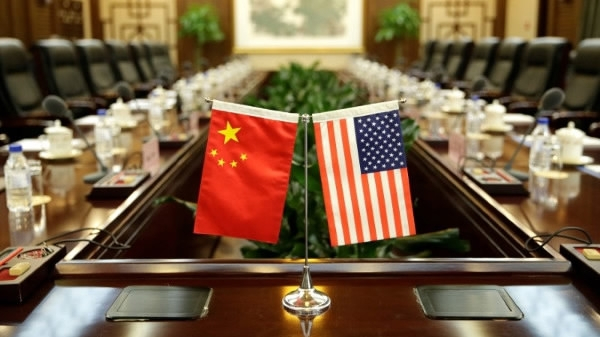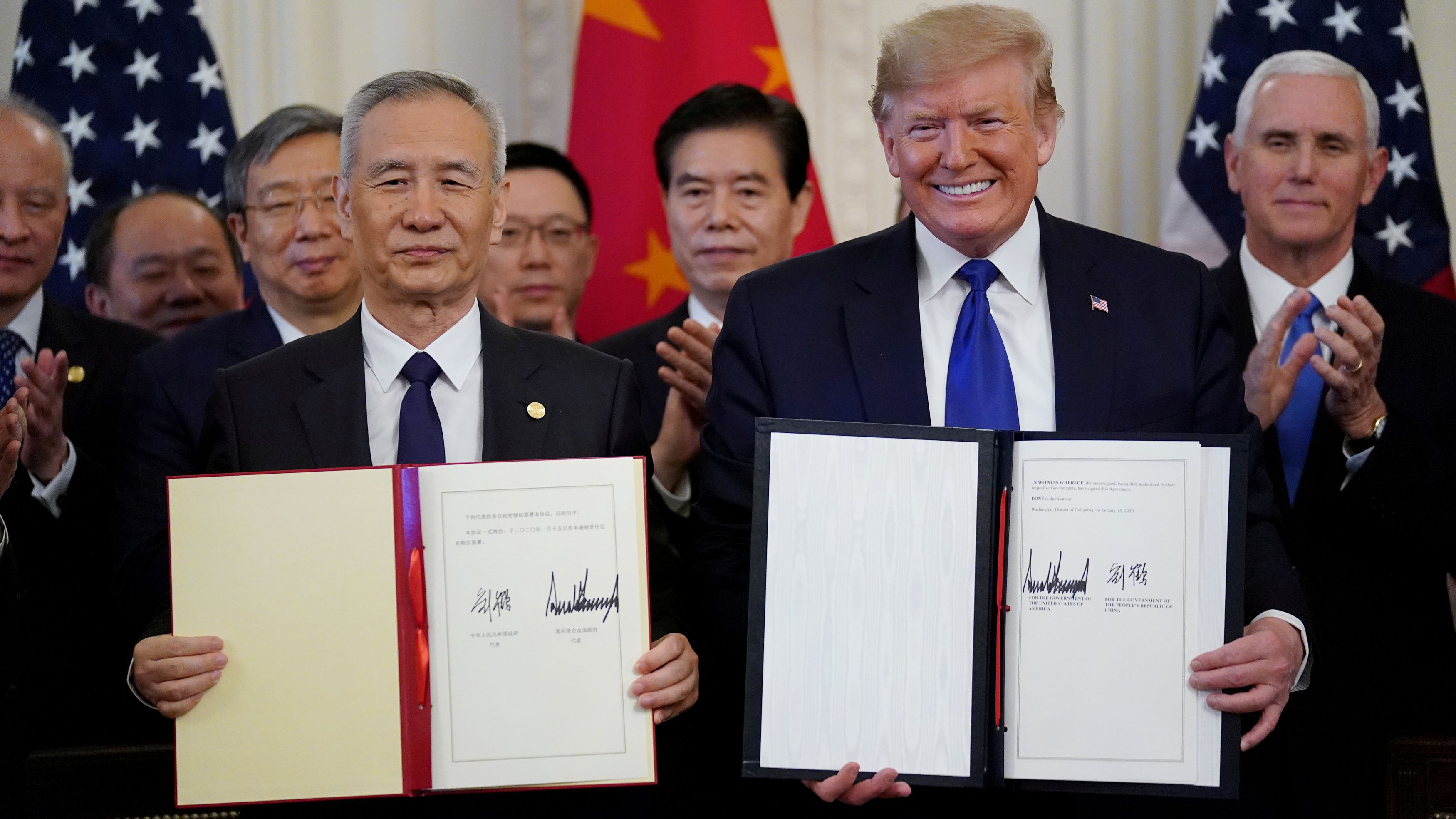
Editor's Note: Timothy Kerswell is an assistant professor at the Department of Government and Public Administration at the University of Macau. The article reflects the author's opinions, and not necessarily the views of CGTN.
After two years of constant escalation in the Sino-U.S. trade war, the phase one deal has now been agreed. In examining the details of the agreement, it is valid to ask what substance is involved in a transaction that has attracted so much international media attention. The takeaway message from the phase one deal is that the U.S. and China have avoided further deterioration in their economic relationship.
As an example, the deal leaves in place tariffs on over 370 billion U.S. dollars of China's exports to the United States. This represents about 75 percent of all U.S. imports from China. In fact, one of the underlying themes of the deal is that the questions of substance have been postponed to the distant future.
At the heart of the China-U.S. dispute is a broader philosophical question about the role of government in the economy, and the right of a sovereign state to pursue an industrial policy on its path to development. Every developed country in existence rose to its current economic position through industrial policy, not through a fundamentalist commitment to the ideas of free markets and free trade.
Neoliberalism remains the hypocritical doctrine of the economic hegemony, imposed on those countries who are trying to catch up. It is thus hardly surprising that the U.S. is working with Japan and the European Union to target China in the World Trade Organization for having an industrial policy.
Chinese Vice Premier Liu He touched on China's firm commitment to its development path in his comments during the signing of the trade deal while retaining some optimism for future progress. "China has established a political system and an economic-development model that suits its own characteristics," Liu said. "But that doesn't mean China and the U.S. can't work together."
In the previous attempt at a trade deal which collapsed last May, the U.S. had attempted to force changes to a large number of China's laws, causing the draft agreement to collapse. For the time being, the U.S. has been forced to accept that it cannot force major changes in China's internal affairs, at least in the realm of the economy. However, these more important questions will go untouched until well after the U.S. presidential election in November.

Chinese Vice Premier Liu He stands with U.S. President Donald Trump after signing the China-U.S. phase one economic and trade agreement in the East Room of the White House in Washington, DC, U.S., January 15, 2020. /Reuters Photo
Chinese Vice Premier Liu He stands with U.S. President Donald Trump after signing the China-U.S. phase one economic and trade agreement in the East Room of the White House in Washington, DC, U.S., January 15, 2020. /Reuters Photo
The very existence of the phase one deal can be understood as a matter of political expediency from the U.S. side, with domestic politics overriding international relations. With farmers playing a pivotal role in politics in many U.S. states, particularly in the Midwest region so crucial for Mr Trump's chances at reelection, Trump needed to provide a message of relief regarding the problems they experienced during the trade war.
He achieved this objective with China promising to purchase 12.5 billion U.S. dollars in agricultural goods in the first year of the deal, and 19.5 billion U.S. dollars in the second, mostly in soybeans, wheat, cotton and pork.
The bigger picture is the impact this deal has had on the U.S. political landscape. As a president, Trump is known for a highly unilateral style of leadership, often undoing decades of U.S. policy based on an impulse. However, a mark of leadership is the ability to bring others toward your position. The trade war, and its underlying politics of increased aggression toward China, began as one such impulse, but it is now bipartisan policy.
The upcoming presidential election, as it concerns foreign policy, is likely to be fought over who is the hardest on China. An example is seen in Joe Biden's comments immediately after the deal, that it was "vague, weak, or covered by previous announcements and existing agreements." The implication of his approach is that Trump had not been aggressive enough.
Let's consider that it has taken this long to reach even a small agreement and that further negotiations will not begin until after the November presidential election in the U.S.
From China's side, one of the more critical outcomes of the trade war has been to invigorate the drive for self-sufficiency in the development of technology. "It's ironic that the trade war, by heightening Chinese fears of being isolated from tech supply chains, has accelerated their drive to be self-sufficient," said Mary Lovely, a senior fellow at the Peterson Institute for International Economics. This is likely to be one of the more permanent legacies of the Sino-U.S. trade war.
(If you want to contribute and have specific expertise, please contact us at opinions@cgtn.com.)